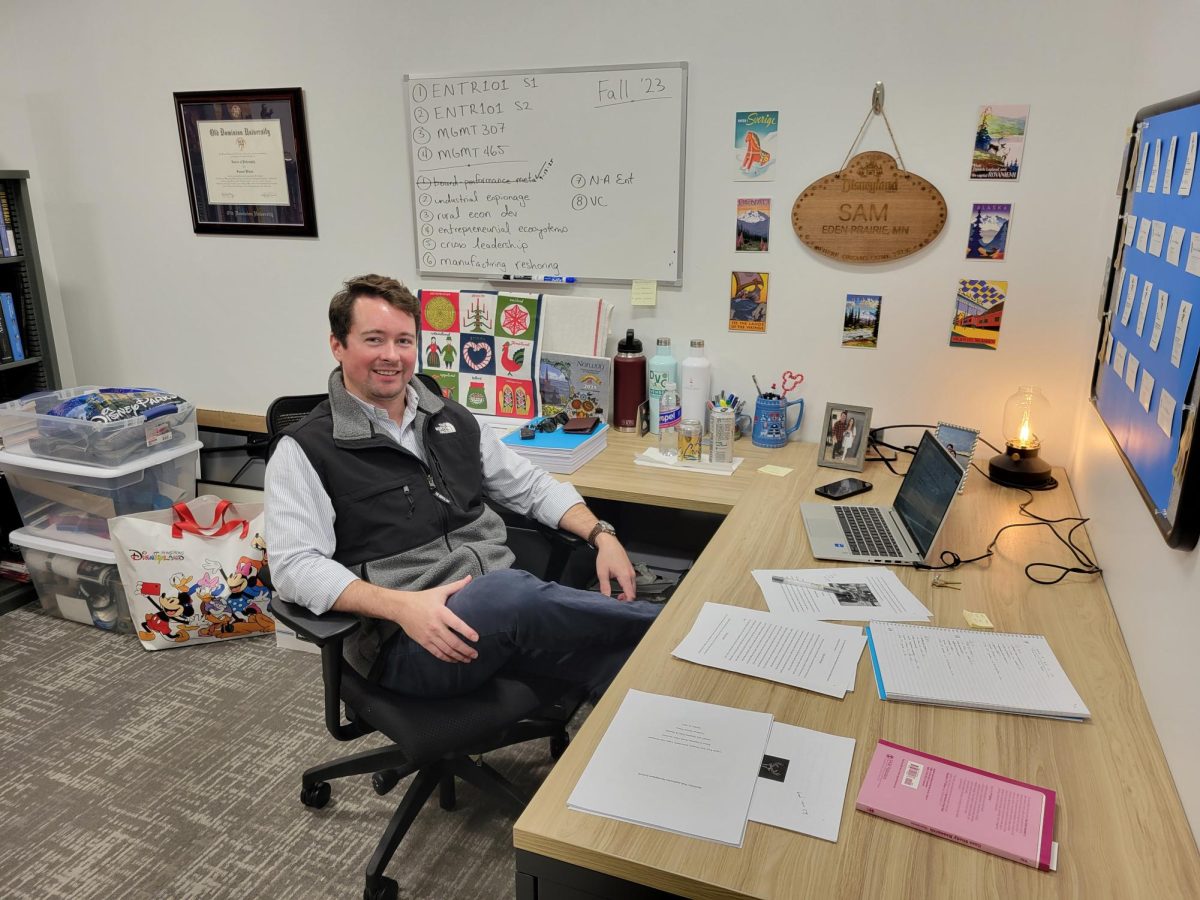The Right Way to Write Your Resume
November 23, 2018
Wow, it’s already time to finalize your resume for that job you really want, or maybe that exceptional internship opportunity. So, simply state everything you’ve been involved in in no particular order, slap your name at the top with an email, and maybe add a phone number. Right? Wrong.
Sure, you need to include both the things you’ve been involved in and your contact information, but there is so much more that goes into planning a resume. Organization, consistency, and aesthetics are all important aspects of the anatomy of a resume. BVU Director of Career and Personal Development Lori Berglund helps to provide the ingredients for the perfect recipe you should follow to get the bests results from your resume.
What should you definitely, absolutely include on a resume? First, a heading placed at the top of the page, in a larger size of font. This heading must state your name and contact information; specifically, a cell phone number and an email address where you can be reached for professional purposes.
What’s next? Including where you received your degree, or where you are currently earning a degree, is essential on your resume. Experiences beneficial to the position that you are applying for must be included, but they should be organized in a way that highlights curriculars and co-curriculars. Categorization by order of importance and relevance in skillset to the job or internship will make it much easier for the viewer to see what you truly can do. It really isn’t necessary to include if you were paid or not for your work, it just matters that the employer can identify what your skills are.
If you are questioning including work from courses you’ve taken, this is considered okay to do if you incorporate it to showcase your expertise in a certain subject matter or major. Community involvement, volunteer work, participation in athletics, clubs, organizations, or anything of this sort that can identify you as a well-rounded individual is especially relevant to your resume and should definitely be present on the page.
We’ve covered what you should absolutely include, but what should you absolutely not include? Berglund has several suggestions.
“With the exception of careers in theatre, for example, avoid including personal information like date of birth or a photo. Most often, college students applying for internships and post-graduation employment are skilled in using the Microsoft Office suite of applications, so it’s not necessary to list those on your resume,” Berglund advises.
It’s also no longer considered the best avenue to take to have “References available upon request” on your resume. It is expected to have solid references available to contact in the present day. A separate Word Document can be used to list these references.
Don’t use a resume template in formatting your resume. Make your own document so that you are able to be specific with what you want and where you want it, because a template will be difficult to edit later, which can cost volumes of time.
As you are organizing your experiences and other portions of your resume, do so in a way that they could be moved around to fit whatever you are applying for. This will enable you to showcase your skills and qualifications for a position in the best way possible for each individual job or internship you will apply for in the future.
Design is also an important element to aesthetically please the viewer. To use the design of your resume to catch attention without it drawing away from important experience, use differentiating font sizes, italics, or bolds to provide breaks throughout the page for the reader. However, don’t overdo this, or you could completely contradict what you were trying to do in the first place.
Another tip that will make your resume go from “oh,” to “Whoa!” is the inclusion of “power words.” These are words that will evoke a positive response for your target audience, the employer. Career and Personal Development has a list of action verbs available to share with students upon request, and thesaurus.com is always recommended by Berglund to keep you away from using the same words over and over.
An additional “don’t” is to never use first-person pronouns when composing your resume.
“To describe experience, include the position you held, name of the organization, city and state of its location, and month and year of your involvement,” Berglund adds.
Spelling, punctuation, and grammar are also big things to look out for. According to Berglund, one of the top ten reasons recruiters will throw out a resume is due to issues with mechanical errors. Make sure that you also use past-tense when your experience has an end date and use present tense when you are currently involved in the experience.
Even when you’ve reviewed and reviewed your resume and think you have all of these pieces covered, Berglund encourages having many different people look at it before submission. There are lots of places available to assist in reviewing resumes on BVU’s campus, including Career and Personal Development personnel, faculty, CAE writing tutors, and even your peers.
Career and Personal Development holds workshops and seminars throughout the semester, which are listed on their online job and internship platform, Beaver Tracks, and on BVU’s online event calendar. Individual meetings are also available. To set one of these up, email [email protected].
Once Career and Personal Development is based in the Forum again, walk-ins and office hours will be available. However, it is realized that it’s difficult to schedule sometimes without making appointments, which is why emailing [email protected] is the best way to ensure that you’ll receive one-on-one assistance with someone in this department.
Career and Personal Development’s page and Beaver Tracks can be found here: CAPD.
Their Facebook page is also available here: CAPD FB.







